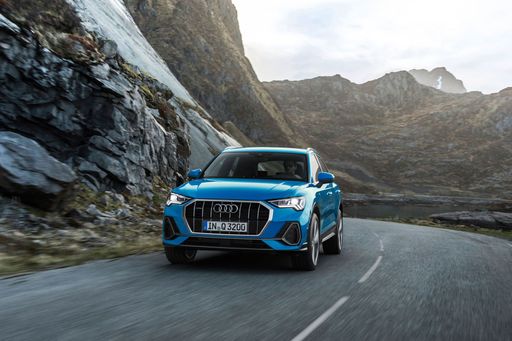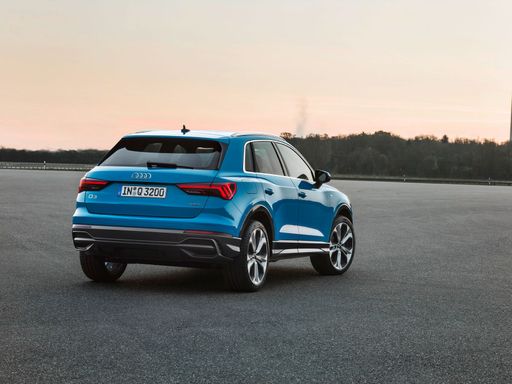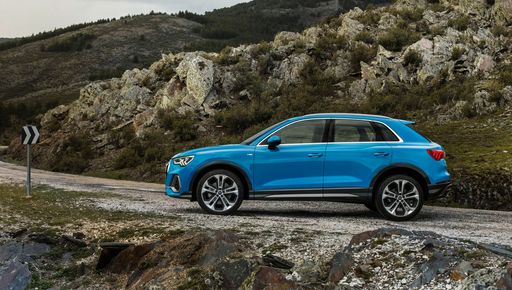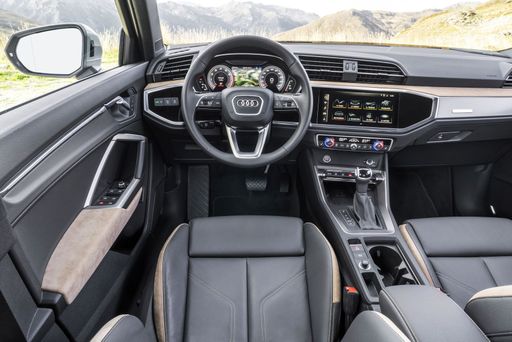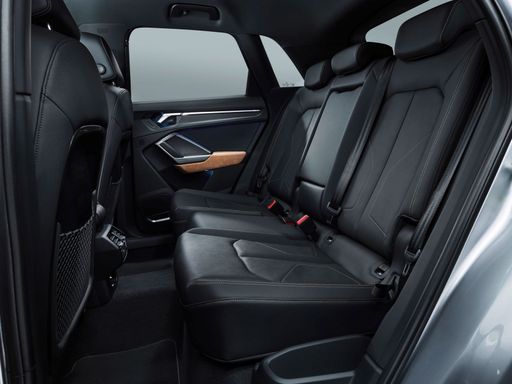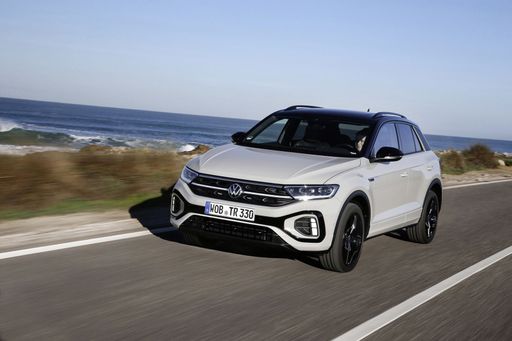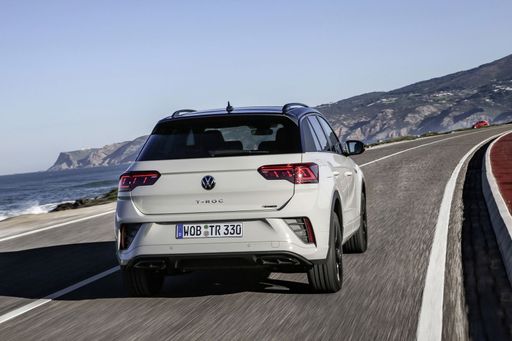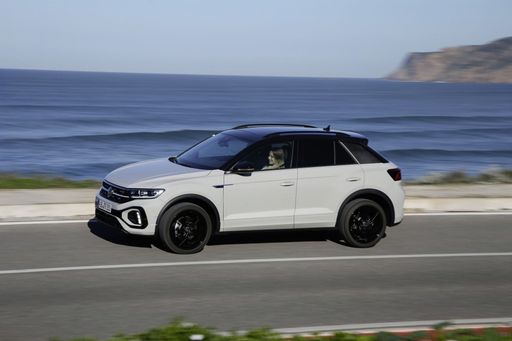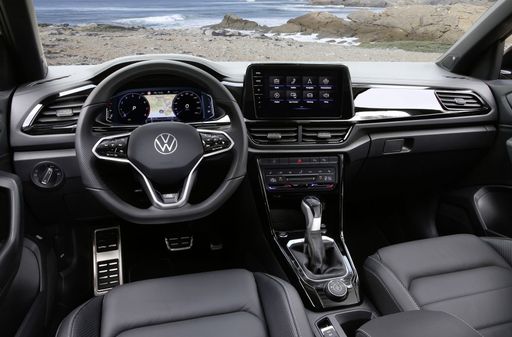Street Presence: Personality at a Glance
The compact coupe-ish stance of the Audi Q3 feels deliberately premium, while the VW T‑Roc wears a livelier, more youthful look that wants to be noticed in the city. The Q3’s styling reads refined and restrained — it’s the kind of car that says “understated money” — whereas the T‑Roc’s bolder cues give it a cheeky, outgoing character. Buyers who care about image will lean one way or the other depending on whether they prefer conservative luxury or playful personality.

